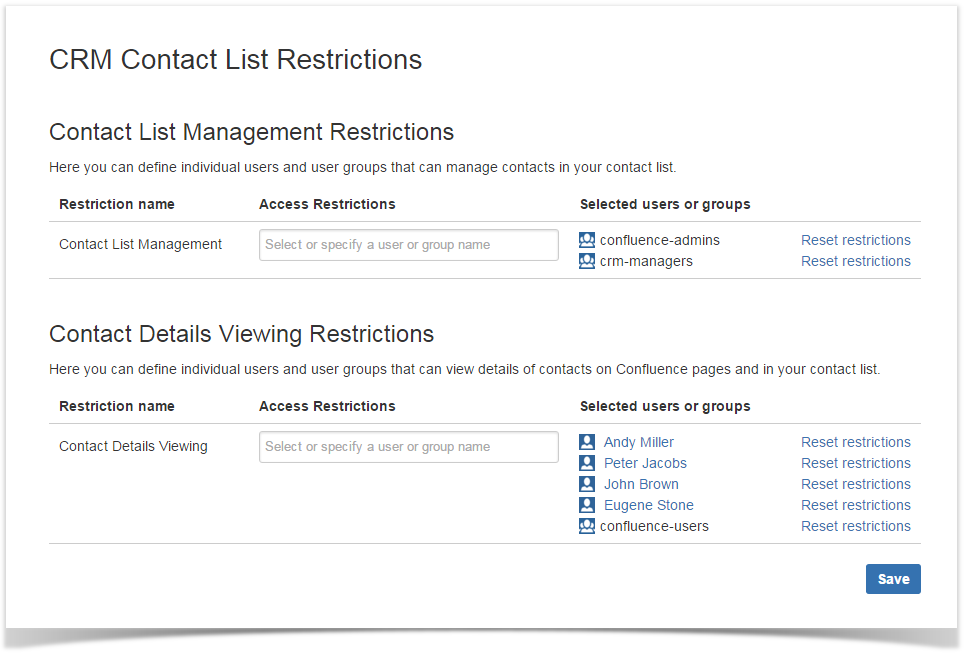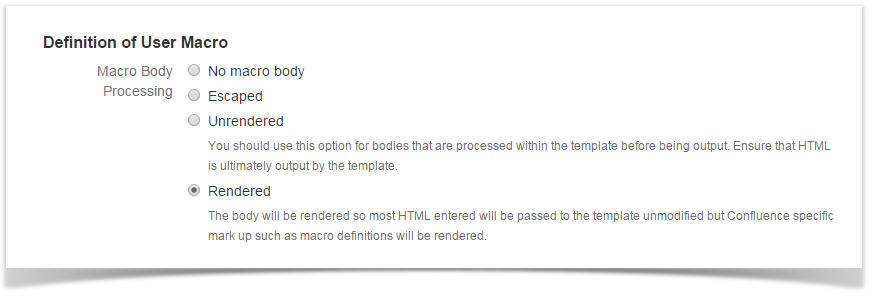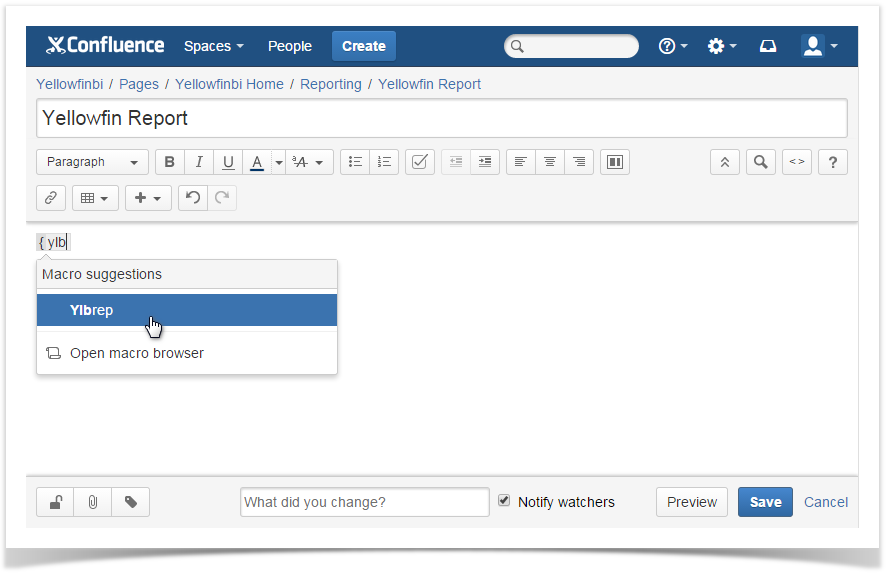Case Study: Keeping Business Contacts in CRM within Confluence
The overall perception of the collaboration with StiltSoft can be summarized in the word “professionalism”. We were able to establish a very agile approach with a high response rate (within a few hours). Together, we created the requirements for the final product in a very straight forward process. StiltSoft provided valuable input to the value proposition of the product as well as structure to the development process. The final piece of software is well documented and has been thoroughly tested by StiltSoft and us. Most important: the final product meets the requirements, we defined at first.
P. Eckelmann, Eckelmann AG
About the Customer
We completed an interesting custom project for Philipp Eckelmann, the representative of Eckelmann AG company. This company specializes in machine and system engineering, including development of cooling technologies and automation software. The company was founded in 1977 at the start of automation engineering era. They manufacture the wide range of tools from compact device controls and to full-fledged and completely automated industrial systems.
The key manufactured solutions for enterprise include:
- Hardware and software for machine automation
- Regulation and control systems for commercial cooling systems and building technology
- System integration and software development for system automation
The highest quality, usage of the proven industry standards, adaptation of the newest technologies allow the company to be one of the leaders in enterprise solution systems in European Union. A rich set of tools and services, customer attention and innovative technologies drive the continuous growth and development of the company.
Project Overview
The customer uses Confluence as a team collaboration platform for sharing information about new projects and tracking the meeting protocols. The sales team writes short protocols after meeting with customer for outlining the project and its requirements. While writing a protocol, they need to mention customers in description of business trips or meetings. For the continuous tracking of customers and viewing where they were already mentioned they needed some tool that will keep track of this information. So the manager will be able to view the whole list of pages where a specific business contact was mentioned.
Within the project scope, we had to create the separate section where the customer could manage contacts and perform basic operations, such as creation of new contacts, editing contact details or deleting contacts. For each contact, the customer wanted to specify the contact information, such as email, company, position, address, contact phones and so on. Once added, Confluence users can mention business contacts on Confluence pages the way similar to the one for user mentioning in Confluence.
Managers can instantly see where the particular contact was mentioned on the page and browse the other pages for viewing details of meetings with this business contact. Additionally, the customer needed a way to differentiate access to management of contact details and viewing contact details. All this functionality and other enhancements were completed by our company, so let’s see the project in details.
Management of Contacts in Confluence
After installation, the add-on adds the Contact List item into the Confluence menu, so users can quickly access the list of contacts and manage them. All contacts are shown as a grid, you can easily browse the available contacts and perform basic operations on them, such as adding contacts, editing or deleting them. The removed contacts are not removed from Contact List forever, they are just grayed out you can always restore them. Contacts that have been mentioned there prior to deletion will remain on the pages.
Creation of contact is performed in the pop-up form, you can specify all the required information about the contact and leave the optional notes, as well.
Additionally. you can search for business contacts by name, email or company name.
Mentioning Contacts on Confluence Pages
While creating or editing Confluence pages, you can add mentions of your business contacts by typing # following name, email or company name. The add-on automatically fetches the list of contacts matching the entered text snippet and prompts you to select the appropriate contact.
After saving the page, contacts are displayed similar to user mentions. Once your colleagues hover over the contact, they can view contact details.
Viewing the List of Pages with Contact Mentions
While viewing the contact on the page or in Contact List, you or your colleagues can open the page that lists all Confluence pages where this contact was mentioned.
Contacts can be sorted by page title, page creation or modification date. Right from here, you can proceed to the contact’s details or edit the profile. When clicking a particular Confluence page, you will be redirected to the first mention of the contact on the page, so you can instantly see the contact in the context without scrolling the page and looking for the contact.
Configuration of the Add-on
Management of the add-on’s settings is pretty simple and will not take much time of yours. All you need is just to enter the list of users and user groups who can manage Contact List and view details of contacts.
Users who are not allowed to manage contacts can only view the list of contacts without a capability to edit or delete them. If viewing the contact details is not allowed for users, so only the full name of the contact will be shown on Confluence pages and in Contact List for these people.
Project Results
This custom project set a range of challenges of how to preserve the native Confluence experience and provide the user-friendly interface for efficient management of CRM listing in Confluence. We used the design and user workflow patterns available in Confluence so the customer can do a quick start with the add-on.
We hope that the add-on will simplify the customer’s work with business contacts in Confluence and will save him and his employees a bit of time on inserting mentions of business contacts. The existing solution brings all the necessary features for keeping a consistent list of business contacts and keeping track of any meetings or business trips for discussion of company issues with this or that customer.



















































